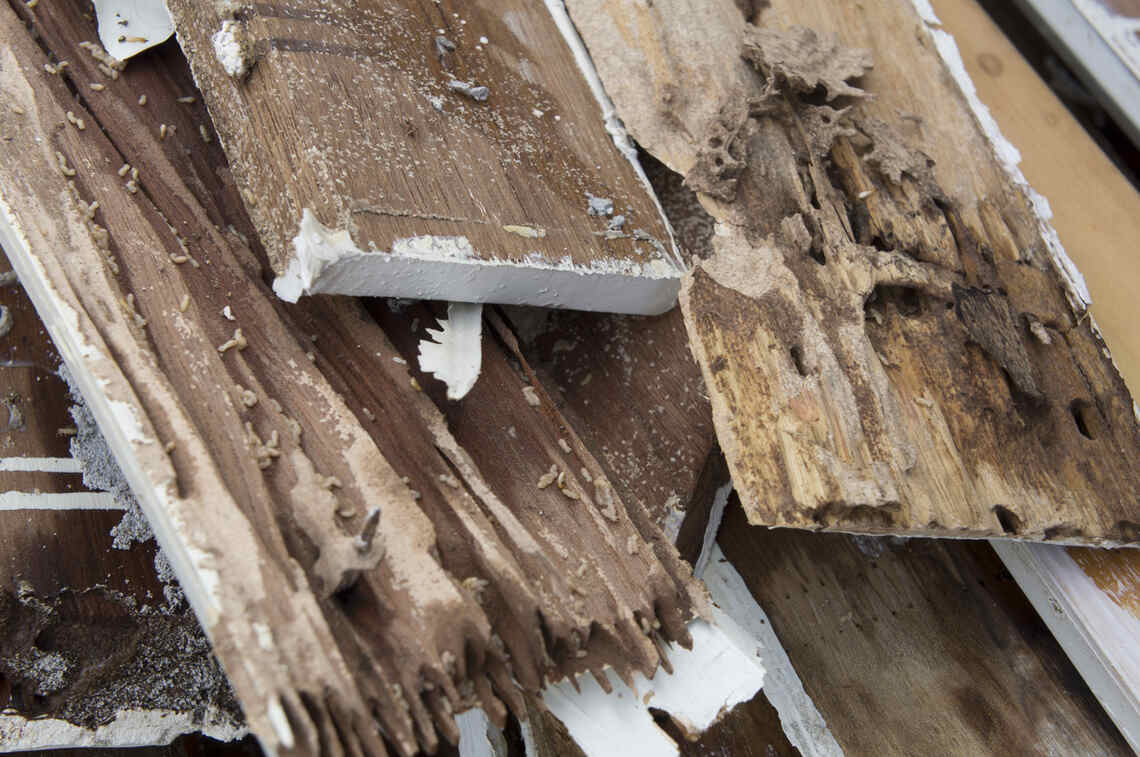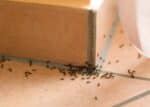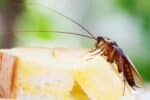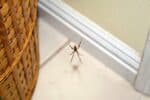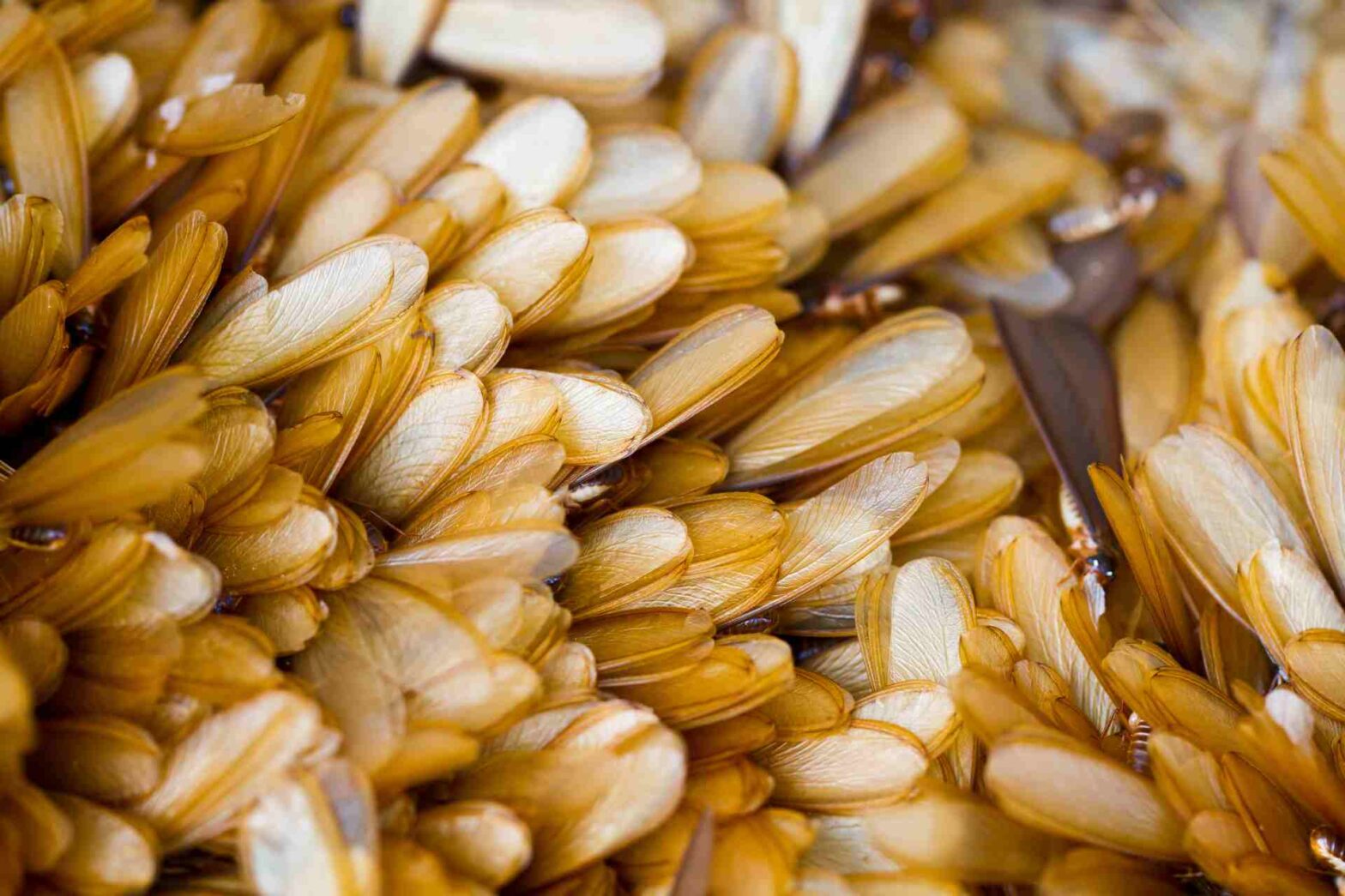
Your Drywood Termite Swarming Season Questions Answered
Drywood termites are a serious threat to properties across the southern U.S., and unfortunately, south Florida. As we move into the spring months, Florida’s drywood termite swarmers will be heading out to try and establish new colonies, and many will find new buildings to infest.
As the drywood termite swarming season quite literally takes flight, you might see swarmers or signs of them around your home, and be wondering what you can do to get rid of the swarmers and uncover if you have an established drywood termite infestation. Fortunately, the Hulett Environmental team has over 50 years of experience with south Florida pests, including termites, and has answers to some of your biggest drywood termite swarming season questions. We’re also here to answer your questions personally and help you get the termite control and prevention solutions you need to help safeguard your property when you contact us!
About Drywood Termites and Swarmers
Drywood termites are a highly destructive pest species that feeds on cellulose, which is commonly found in wooden structures. Because wood is an appealing food source for drywood termites, home infestations are unfortunately quite common. Drywood termite infestations are especially frequent in south Florida, where the tropical climate creates a particularly hospitable environment for them. Unfortunately, however, drywood termite infestations are very hard to detect, as these invaders typically burrow and feed in concealed areas.
Although both species are common, drywood termites differ from subterranean termites in that they do not live in the ground or need significant amounts of moisture to survive. This also means that drywood termites don’t necessarily enter homes or other structures through the soil and can be found anywhere, including floors, attic spaces, and even within pieces of wooden furniture.
Typically, drywood termites find new structures to feed on and infest during reproductive swarming flights. Because of this, one of the telltale signs of a drywood termite infestation is seeing incoming or outgoing termite swarmers. Swarmers, which are reproductive termites that leave established colonies to start a new one, are small, winged insects that look similar to flying ants.
While many of the termites that leave their original colony during the swarming season will die before starting a new colony, the smaller group of successful swarmers still create a large termite infestation risk for homeowners due to how rapidly termites can reproduce. Additionally, multiple termite colonies can infest one building or property.
When Do Drywood Termites Swarm?
So when is the drywood termite swarming season? While the exact timing of swarms can differ from year to year and between locations, drywood termite swarms are most prevalent in the late spring and summer. However, especially in warm-weather areas, swarms can occur throughout the year.
Although swarms tend to be seasonal, drywood termite colonies are active and foraging for food year-round. The swarming season isn’t so much a time of truly heightened termite activity but is a time of more easily noticeable termite activity. This means that homes that are infested by a burgeoning termite colony during the swarming season will, unfortunately, face continued termite activity until the colony is discovered and eradicated.
What Time of Day Do Drywood Termites Swarm?
Termites won’t necessarily always swarm at the same time of day, but drywood termites in Florida can often be found swarming in the afternoon or evening. Termite swarms often last for less than an hour and can easily go unnoticed. For a better chance of spotting swarmers, keep an eye out around windows and light sources.
What Can I Do To Prevent Drywood Termite Swarmers From Infesting My Home?
While you can’t necessarily prevent a termite colony on a neighbor’s property from swarming near your home, you can make your home less appealing for drywood termites. To do this, make sure to caulk or seal holes around your home’s exterior and screen soffit vents. Keeping exterior lighting to a minimum during swarming season may also help decrease your chances of attracting termite swarmers.
Professional termite prevention treatments can also help dissuade drywood termite swarmers, and many pest control experts can provide additional insights on how to limit the colony-conducive conditions on your property. A termite warranty plan can also help you protect the investment you have in your home if drywood termite swarmers do invade.
How Do I Get Rid of Swarmer Termites and Drywood Termite Colonies?
Whether your home has just been infested during a swarm or has been harboring a drywood termite colony for years, it’s crucial that you get rid of drywood termites as soon as possible to limit the damage they can cause. Professional pest control treatments are generally the most effective options for termite renewal.
There are two main types of termite treatments that are used to eliminate drywood termite colonies. First, tent fumigations can be used to treat termite colonies. These treatments are often used for very severe and widespread infestations and require that you evacuate and prep your whole home before the process. Alternatively, no-tent termite treatments can sometimes be used to treat more localized drywood termite infestations and eliminate the need for tenting or fumigating your home. A professional pest inspection can help you determine the best option for your drywood termite population.
Florida Drywood Termite Removal and Prevention With Hulett
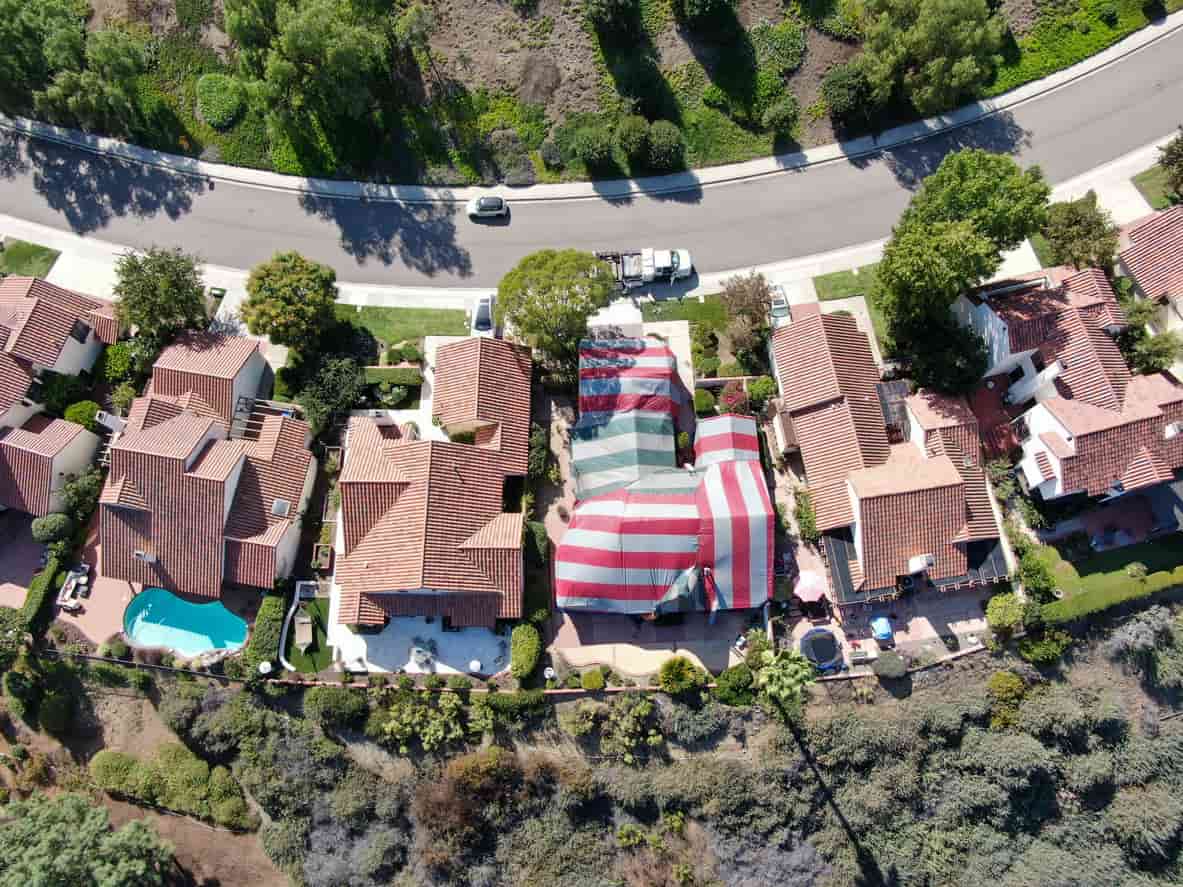
To get help with identifying termite infestations and protecting your property from damage from drywood or other termite species, just call Hulett and set up your free inspection with our team today! Our family-owned and operated pest control company proudly serves the Palm Beach and Treasure Coast areas with a range of pest solutions, including drywood termite prevention and control treatments and termite warranty plans.

